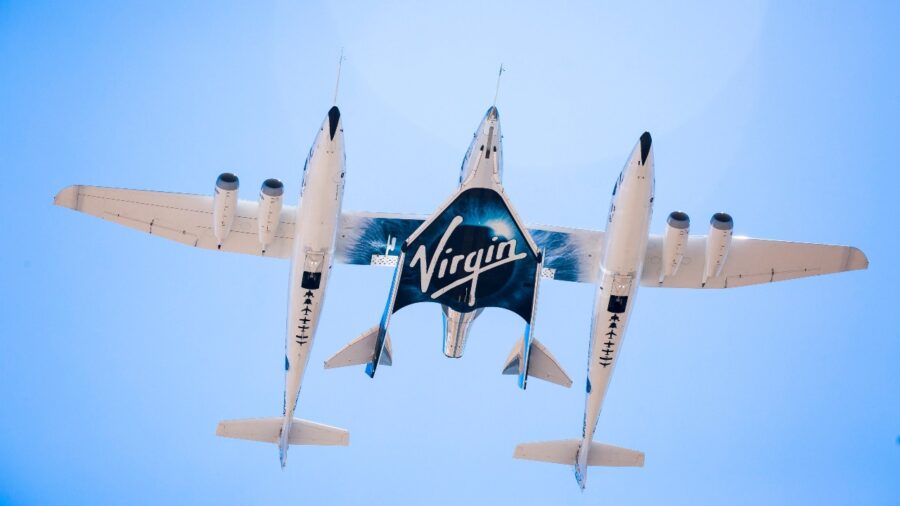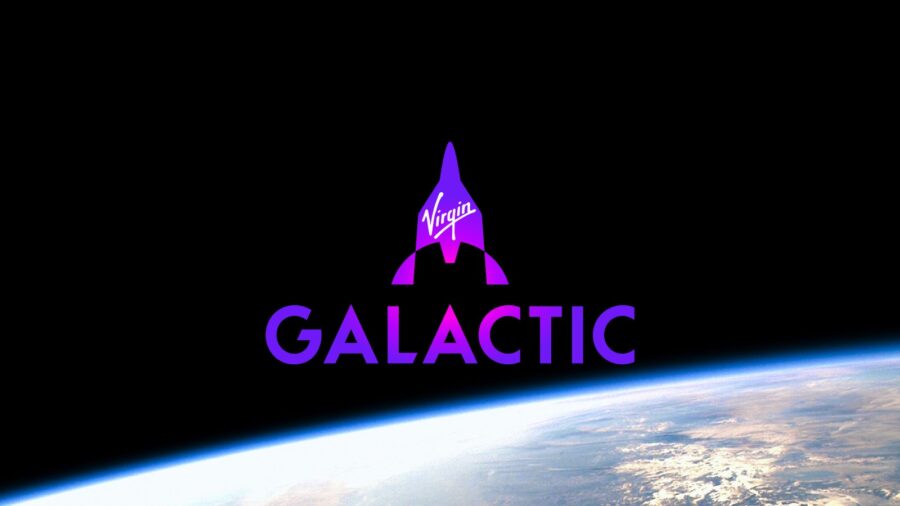Space Tourism Company Doesn’t Actually Send Anyone Into Space

Virgin Galactic made headlines this week when it launched its first-ever all-tourist space flight. There was just one problem, however: the flight didn’t actually reach “space.” According to The Byte, the Galactic 02 mission, as the space tourism flight was dubbed, achieved a height of 49.7 miles up—an impressive height but not actually part of what scientists consider space.
Virgin Galactic just launched its very first space tourism flight, but apparently the craft never made it to space.
For perspective, the US Air Force has an award they call “astronaut wings” that they bestow upon pilots who fly higher than 50 miles up in the air.
Billionaire Richard Branson’s Virgin Galactic rocket managed to reach the Earth’s upper atmosphere, otherwise known as the mesosphere, a 22-mile thick area where meteors burn up and clouds still exist, but fell well short of the 62-mile-high Karman line.
The all-tourist not-quite space flight comes at a time when Virgin Galactic is hemorrhaging funds. Over the last three years of operation, Virgin Galactic has burned through billions upon billions of dollars.
The Karman line is an internationally agreed-upon border between Earth’s atmosphere and what we consider “outer space.” The Karman line itself is a slightly dubious measurement to use as it was chosen randomly by world leaders in the 1960s.
The altitude at which an object can enter a stable orbit around Earth is actually dozens of miles above the Karman line, meaning that no matter how you slice it, the burgeoning field of space tourism is, at this moment, nothing more than atmosphere tourism.
Even Branson himself didn’t quite reach space during his famous 2021 “space flight.” Branson got up to 53 miles—higher than Virgin’s all-tourist flight but still within the atmosphere.
A later Blue Origin flight carrying Star Trek actor William Shatner managed to get even higher, flying 66 miles above the Earth.
Rival Billionaire turned astronaut Jeff Bezos on the other hand, doesn’t seem to have the same height problems that plague Branson. Bezos’s own space tourism company, Blue Origin, took Bezos and a handful of other civilians to an altitude of over 65 miles not long after Branson’s “space flight” failed to leave the atmosphere.
The Blue Origin flight not only passed the Karman line but even achieved weightlessness for four minutes—something Branson’s Virgin Galactic has only been able to achieve by falling back towards the earth fast enough to simulate the effect.

A later Blue Origin flight carrying Star Trek actor William Shatner managed to get even higher, flying 66 miles above the Earth. That’s not to say that Virgin Galactic’s achievements aren’t still something to be celebrated.
Space tourism is something that, twenty years ago, people only dreamt about. Now, it’s (almost) a reality, thanks in no small part to Branson’s dream of achieving private space flight.
The all-tourist not-quite space flight comes at a time when Virgin Galactic is hemorrhaging funds. Over the last three years of operation, Virgin Galactic has burned through billions upon billions of dollars.
What’s even worse is Richard Branson’s other space tourism company, Virgin Orbit, filed for bankruptcy earlier this year after laying off 85% of its staff.
Hopefully, the type of rich customers in the market to drop obscene amounts of money on a ticket to space aren’t sticklers for accuracy. Just to be on the safe side, perhaps Virgin Galactic should change its name to Virgin Almost Galactic and start calling its “space craft” a high-altitude aircraft to be more accurate.
On the other hand, shelling out $250,000 to $450,000 so you can tell people you went really high up in the air doesn’t quite have the same ring to it as saying you went to space.











